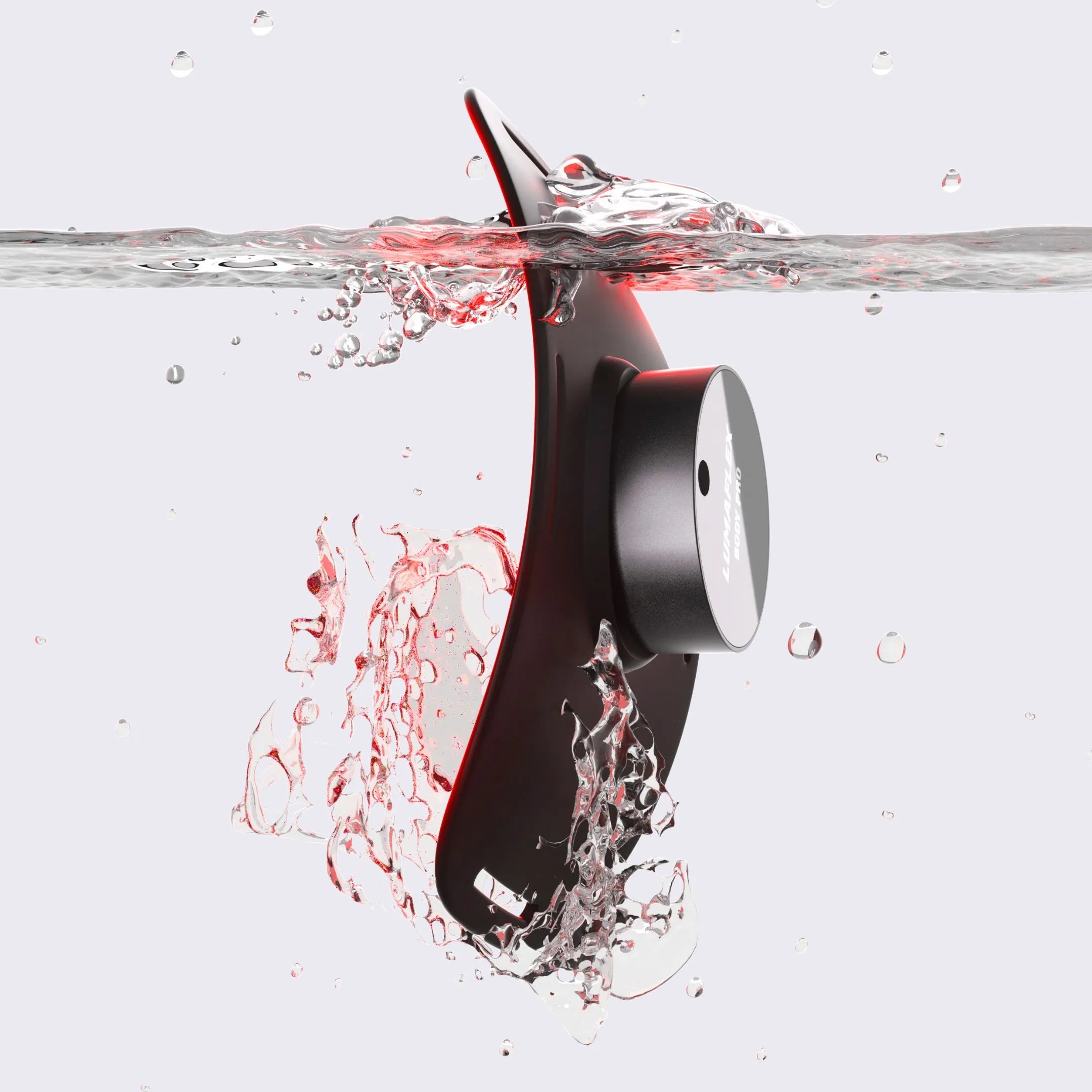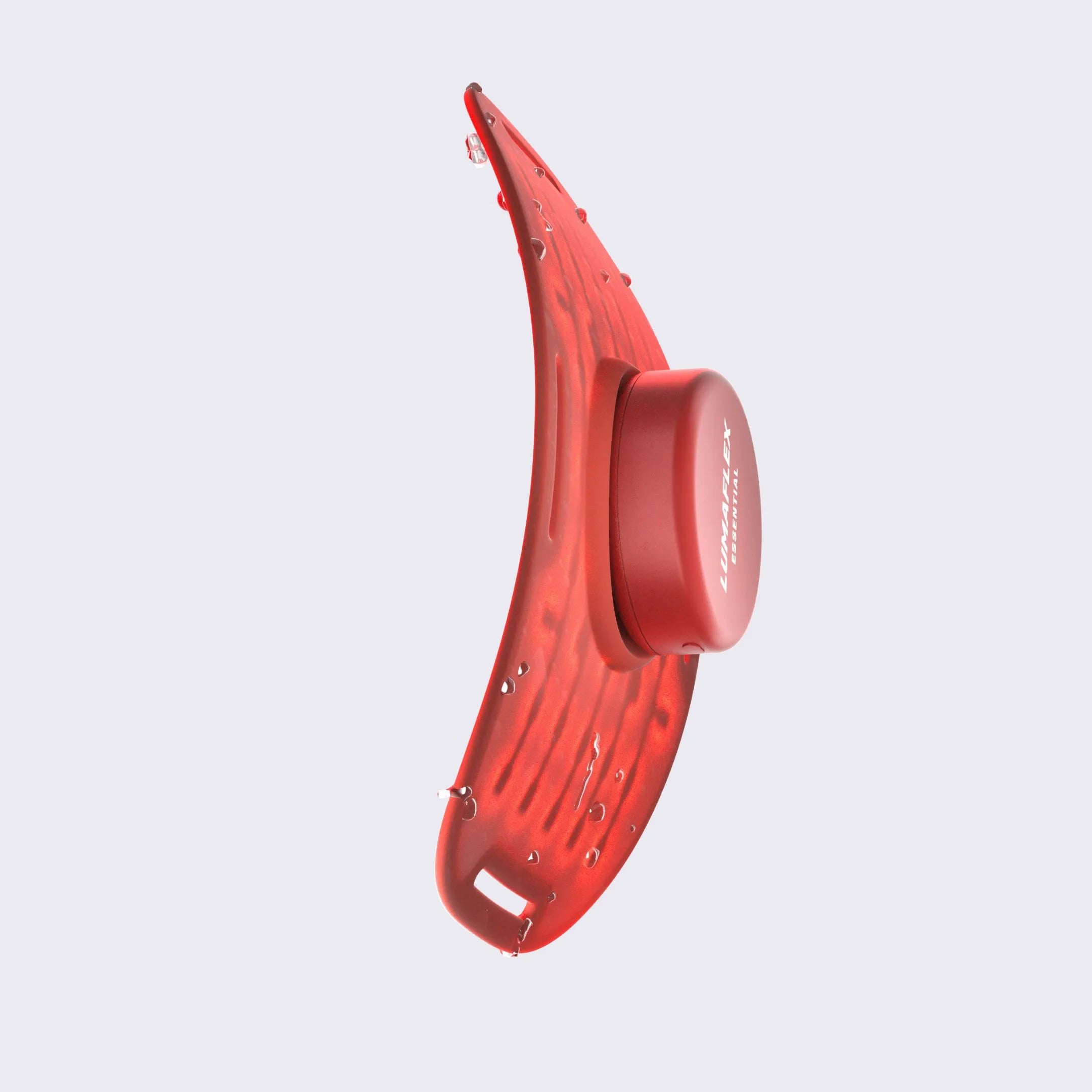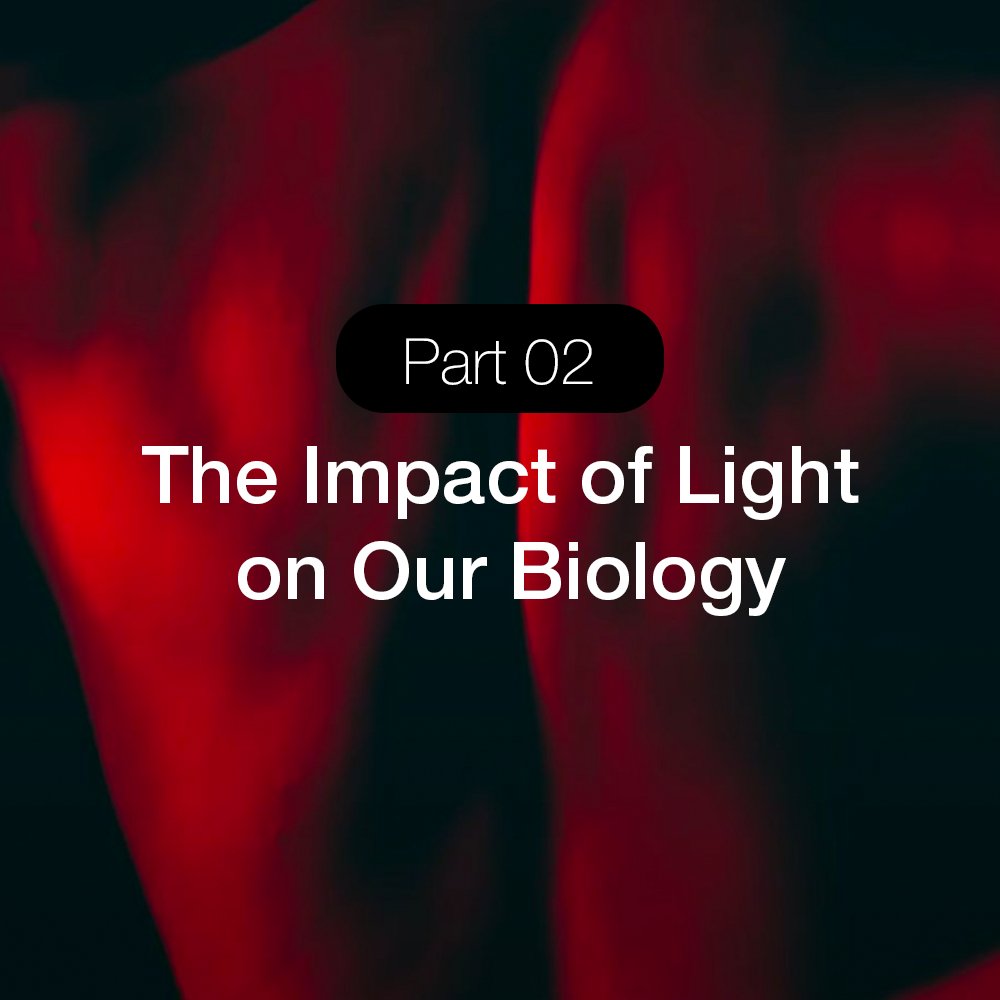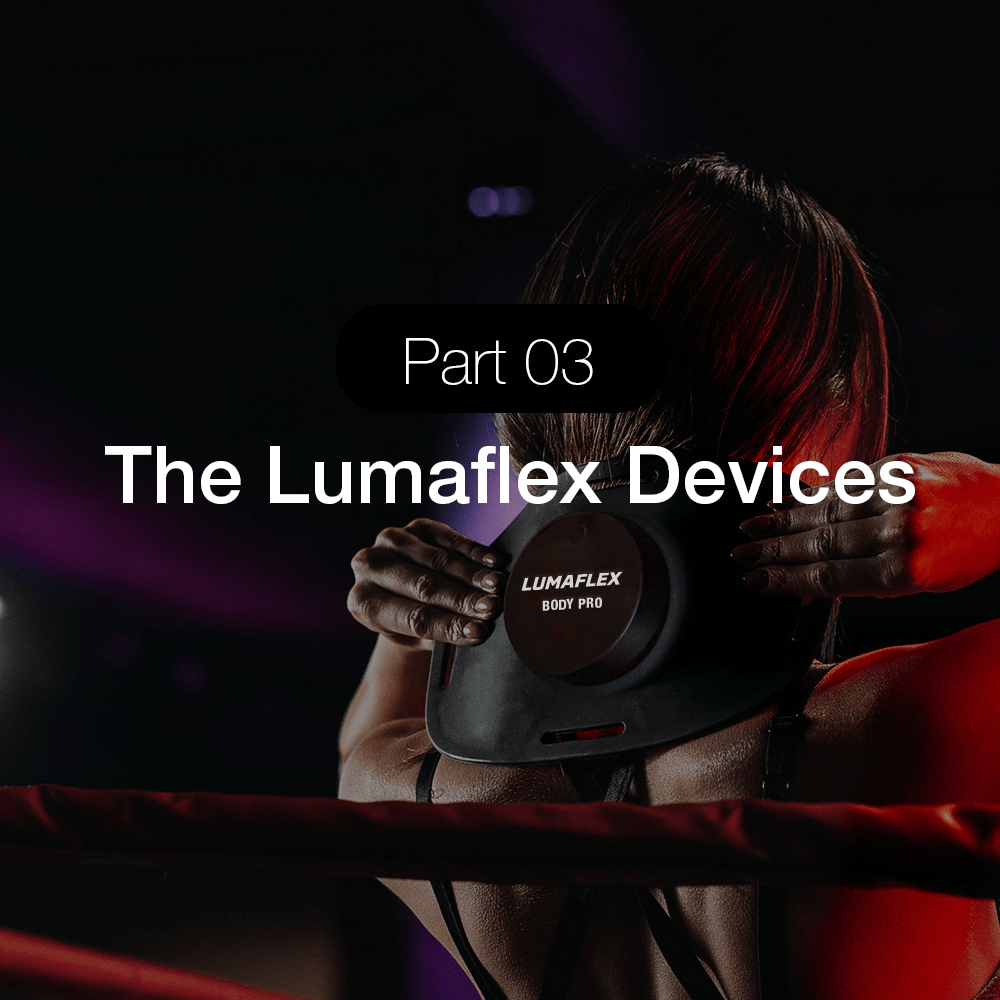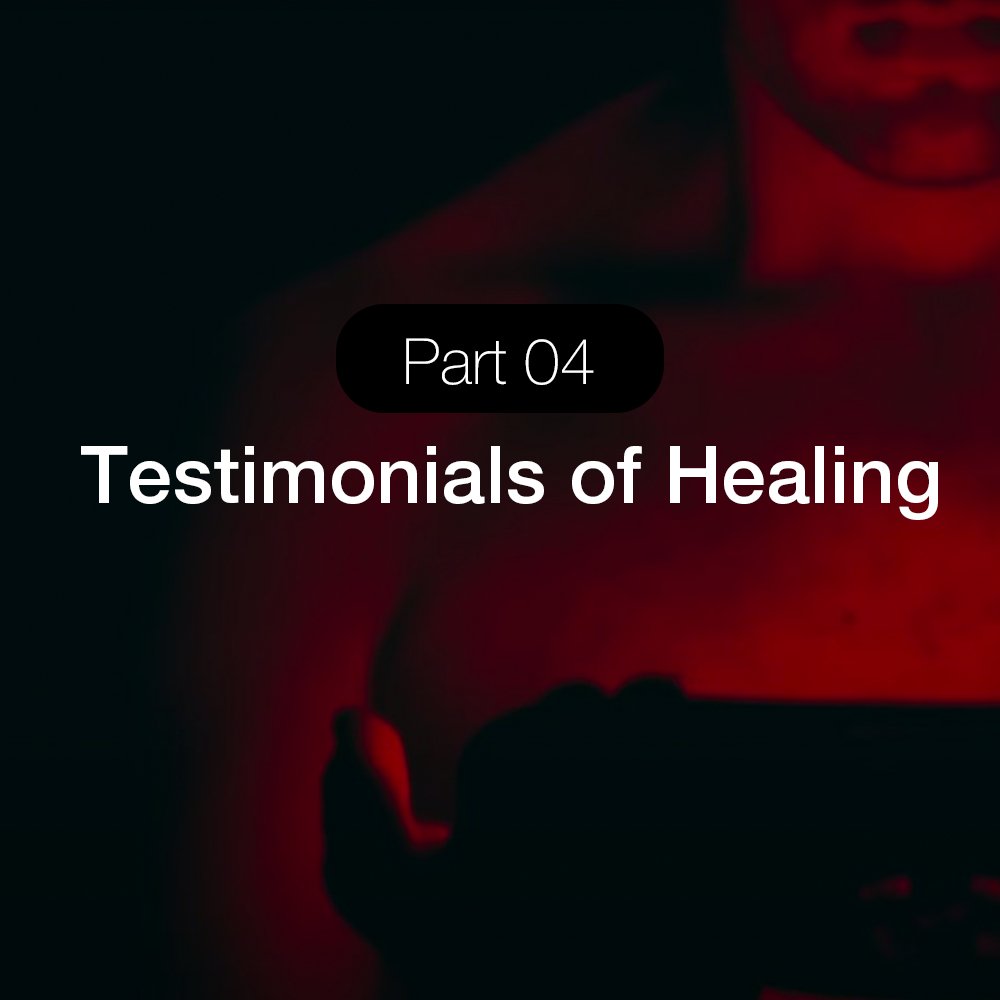Red Light Therapy for Muscle Recovery

Recovery Is Where the Gains Happen
Every time you go to the gym, you give it your all. You try to lift more, sprint faster, or go longer than the time before. But real progress can’t happen when you’re working out. Instead, you need to give your body time to heal and rebuild. That’s where red light therapy for muscle recovery comes in.
After a particularly difficult leg day, I admit that I was so sore for days that it was almost tempting to sit out and skip training. However, when I began to use red light therapy for muscle recovery and saw the improvement, it was obvious that my soreness from the last workout was eliminated. Additionally, my muscles reached the energized state faster. This is the opposite of repair fatigue, where your muscles enter a state of recovery and cannot be worked out until the damage has properly healed. This is already backed by science: after working out, red and near-infrared light therapy repairs chronic sore muscles by improving cellular energy within the tissues performing repair work.
In this post, I will show you the science of red light therapy recovery, the importance of it for your lifetime strength, and the best and easiest ways to integrate it into your training right now. You will no longer be left in the dark about the science and how to practically use it to ensure that every one of your workouts is your best.
The Importance of Recovery in Muscle Growth
Each time we train, we tear muscle fibres. That’s stress that your body needs in order to grow, but the real change occurs when you rest. Skipping or underestimating recovery isn’t just uncomfortable. It stalls progress and can lead to chronic fatigue and injury.
I learned this the hard way. I would push through soreness and skip recovery, and when it came to the next workout, it would feel even harder. Red light therapy for recovery began to change that. My muscle cells were energized, inflammation decreased, and those recovery hours were turned into restoration. It allowed me to bounce back and train frequently without overriding my system.
Recovery isn’t an absence of training; it’s when your body repairs and strengthens muscle tissue. Having red light therapy in the picture allows you to redevelop your tissue in a time-effective manner, making recovery efficient and focusing on growth as the main objective.

The Science Behind Red Light Therapy for Muscle Recovery
When I first heard that red light therapy supposedly made your recovery faster and assisted the recovery of overworked muscles, I was doubtful of those claims. I changed my mind. Red and near-infrared light shines and penetrates deep into muscle tissue and activates the mitochondria, which increases ATP production. ATP is the energy transporter of your cells and adds a significant amount of energy for your body to:
- Repair muscle fibres and tissue damage more efficiently and quickly.
- Build more structural proteins to support the growth of the muscles.
- Enhance blood circulation for the oxygen and nutrients to reach the areas that need improvement the most.
From my experiences, these effects are more than just speculation. I have experienced red light therapy compensation from doing workouts, and it has assisted with muscle recovery. Research backs and confirms these claims:
A 2016 review found that photobiomodulation for muscle recovery decreases inflammation and oxidative stress.
A 2021 study showed that low-level laser therapy increases the level of cellular energy and accelerates muscle recovery.
There's more to recovery than just resting and drinking water -Red light therapy. Red light therapy works with proper rest, hydration, nutrition, and stretching. Also, red light therapy works alongside consistent training, which aids in muscle recovery, reduces downtime, and promotes long-term strength.
Scientific Evidence Supporting the Use of Red Light Therapy for Muscle Recovery
Science supports the efficacy of red light therapy for muscle recovery and its use by sporting and fitness professionals. It helps to reduce recovery soreness, enhances muscle recovery, and aids in muscle recovery performance. The use of red light therapy consistently after workouts yields recovery soreness and muscle recovery fatigue.
Some sample research is outlined below.
Journal of Biophotonics, 2016: Athletes who used red light therapy experienced noticeably less delayed onset muscle soreness (DOMS) after high-intensity training.
Photobiomodulation and Sports Review, 2021: Red light therapy after workout was effective in the enhancement of muscle torque and recovery of performance in an improved regimen.
Applied Science, 2023: Regular pre- and post-workout sessions improved key recovery markers by 30 to 50 percent, demonstrating consistent results across studies.
As evidenced by my experience, muscle heaviness and soreness following demanding sessions were relieved. My range of motion was faster to return, thus allowing continuity in my workout sessions.
There was an increase in the sleep benefits when red light therapy was used in conjunction with proper nutrition and stationary active rest, known as stretching. All of the benefits of red light therapy include augmented muscle rebuilding, thus promoting recovery and real results to long-term strength.
In the end, Red light therapy after workout sessions is not a fad. It is here to stay. It allows a continued cycle of workout sessions for strength training at the advanced levels, supporting muscle recovery and providing ongoing endurance.
Red And Near-Infrared Light Therapy And Recovery
I usually perform a very demanding workout. However, I’ve realised that when I perform a workout, I follow it with some red light therapy, and I’m not sore the next day. And that’s because red light therapy accelerates muscle recovery at the cell level. Here’s how red light therapy accelerates muscle recovery:
| Mechanism | How It Works | Result |
| Increases ATP Production | Red and near-infrared light energize the muscle cell’s mitochondria | Repair and recovery of muscle cells happen at a faster rate |
| Improves Blood Circulation | Faster delivery of essential nutrients to muscles | Recovery happens at a faster rate, and fatigue is reduced |
| Reduces Inflammation | Micro damage from the workout is calmed down | There is reduced soreness and stiffness |
| Enhances Protein Synthesis | Reduces muscle fibre rebuilding time | Significantly improves strength gains |
Red light therapy increases muscle recovery with no downtime. Recovery is not a substitute for nutrition, but it’s certainly a powerful addition. From my own routine, I’ve reduced soreness to keep training harder without burnout. Every post-workout, I apply red light therapy for 10-15 minutes on the muscles I’ve trained. This consistent use has allowed me to keep training harder without the usual burnout.
When to Use Red Light Therapy for Muscle Recovery
Using red light therapy for muscle recovery is all about the timing. Let me tell you the best way you can implement it into your schedule for the best possible results.
| Timing | Duration | Target Area | Frequency | Goal |
| Pre-Workout | 8-10 Minutes | Major Muscle Groups | 3-4x/week | Activate Mitochondria & Prevent Fatigue |
| Post-Workout | 15-20 Minutes | Worked Muscles | 4-6x/week | Reduce Inflammation & Speed Recovery |
| Rest Days | 10-15 Minutes | Key Recovery Zones | 3x/week | Maintain Circulation & Muscle Elasticity |
I've noticed that red light therapy helps with delaying the onset of muscle soreness if you use it right after training. On your recovery days, red light therapy helps with blood flow and muscle tissue stimulation, which is less intense.
Steady use over a period is way more beneficial than a longer session. Muscles adapt in a way that helps them repair more efficiently over time.
If you want to know more about organizing your red light therapy usage, check out the blog “How Often Should You Use Red Light Therapy.”
Why Lumaflex Is the Best Muscle Recovery Device
For muscle recovery to be effective with red light therapy, the right forms and degree of coverage are critical. Lumaflex contains 630nm red light and 850nm of near-infrared light, which provides coverage of both superficial and deeper muscle tissues, allowing quicker recovery from soreness, and is able to be used for the repair and rebuilding of stronger muscles post-workout.
Being portable, flexible, and waterproof allows Lumaflex to be used anywhere, be it the gym, field, or other traveling scenarios. Lumaflex gets the cover it needs to be able to deliver the results it is designed for, be it the legs, back, or shoulders. This gives athletes, trainers, and users who want to take recovery seriously the confidence to use Lumaflex.
The Lumaflex Body Pro Kit provides the tools needed to increase training intensity and decrease recovery time. The recovery, when combined with proper nutrition, is faster and better, resulting in a more efficient repair of muscles, so the athlete can perform better.
Lumaflex Academy contains tools and tips so the athlete can explore other strategies for recovery and efficient use of time for training.
Myths About Red Light Therapy and Muscle Recovery
Muscle recovery with red light therapy is a treatment method that is frequently misinterpreted. A large number of people think that it is a procedure which can only be done on the skin and that the recovery process has to take a long time and be complicated. Below are the myths most frequently referred to and their corresponding truths.
Myth: “It is only for the skin.”
Red light goes beyond the skin layers to the muscle tissue where it stimulates the mitochondria and thereby increases the production of ATP. This energy leads to the repair of the muscle fibers, reduction of the swelling and the elevation of protein synthesis, thus making recovery and performance to be directly improved.
Myth: “Long sessions are necessary.”
Just 10–20 minutes per muscle group is enough for the most effective recovery. Longer sessions will not make your results better and, thus, can be simply a waste of your time.
Myth: Consistency doesn’t matter.
The most powerful effects are achieved through regular, daily, or almost daily use. Consistency allows muscles to recover quicker, stay more flexible, and gain more strength gradually.
By recognizing these myths, you can employ red light therapy in a more efficient manner. Keeping a consistent regimen lessens soreness, speeds up healing, and makes your muscles grow in a more intelligent way, thus, each session becomes stronger, more resistant performance.
Real-World Applications: From Pro Athletes to Everyday Lifters
How the red light therapy works for the muscle recovery is by giving the muscles the opportunity to repair themselves in a more efficient way and, as a result less time for rest between sessions can be used.
- Pro athletes: They use it to recover quickly after a heavy workout, relieve soreness, and prevent injuries.
- Power and CrossFit athletes: Apply the treatment locally to accelerate muscle recovery, get back the lost range of motion, and be able to continue their training routine without breaks.
- Trainers and physiotherapists: Incorporate red light therapy in their rehabilitation programs to help the process of oxygen and nutrient delivery through the bloodstream, reduce swelling , and speed up the healing of the injured tissues.
- Fitness enthusiasts in the gym: Run heavy sessions with a device like Lumaflex and then put it on to get rid of the pain, restore the range of motion, and make the continuous progress without a break.
Continual use of red light therapy is a great way to have the muscles recover quickly. The pain disappears quickly, and the range of motion is kept between workouts. You can get your next training session even harder. The muscle fibers get stronger as they rebuild over time. Red light therapy is turned into a dependable source in a program aimed at steady performance and true strength gains.
Stronger Recovery, Stronger You
It is not only the hard training that makes your progress at the gym. How well your muscles recover is a big part of it. Red light therapy for muscle recovery is a way that helps the body to be able to repair faster, reduces the feeling of soreness, and restores the energy required to be at the highest level in every session.
Lumaflex provides red and near-infrared light that are capable of reaching both the surface and the deep muscle tissue. This process energizes the cells in your body, increases the blood flow, and supports protein synthesis. Muscles become more efficient in their repair, the feeling of soreness fades away, and your next workout gets to be more productive.
Regular application converts recovery into an advantage. You can exercise with less tiredness, repair muscle fibers in a strong way, and keep your progress gradual over time. Quick repair and wise recovery give you the opportunity to work harder, have better movements, and achieve your performance goals. Make your recovery better with the Lumaflex Body Pro Kit and discover more performance strategies at the Lumaflex Academy.
FAQs on Red Light Therapy for Muscle Recovery
How does red light help with muscle recovery?
Yes. Red light and near-infrared light are capable of penetrating muscle tissue to a considerable depth and they energize mitochondria, the energy-producing units in cells. This additional energy is used to muscle tissues to aid repair, to reduce pain, and also to increase blood circulation. So, many lifters and athletes are using this technique for their faster recovery between the training sessions.
How long does a typical session last, and how often should I use it?
For most people, 10 to 20 minutes per area is effective. Shorter sessions work well before training to prepare the muscles, while slightly longer sessions after training help reduce inflammation and soreness. Consistency matters more than session length.
When is the best time to use red light therapy for muscle recovery?
After exercise is the most efficient time since muscles are fixing microtears caused by training. Nevertheless, a pre-workout session may increase the production of energy in the cells and lessen the feeling of early fatigue. Using it on a rest day will also support good circulation and muscles will remain elastic.
Can red light therapy replace stretching, hydration, or proper nutrition?
No. Red light therapy is part of the best recovery program. It is a device that supports cell repair, but it cannot substitute for rehabilitation, hydration, or a proper diet. Just imagine it as a tool that makes your recovery habits more efficient.
Is Lumaflex different from red light devices found in gyms like Planet Fitness?
Yes. Lumaflex uses dual wavelengths (630 nm red and 850 nm near-infrared), which reach both surface tissue and deeper muscle layers. It is also portable, waterproof, and flexible, so you can target specific muscle groups at home, in the gym, or outdoors. This gives you more control over your recovery routine.





